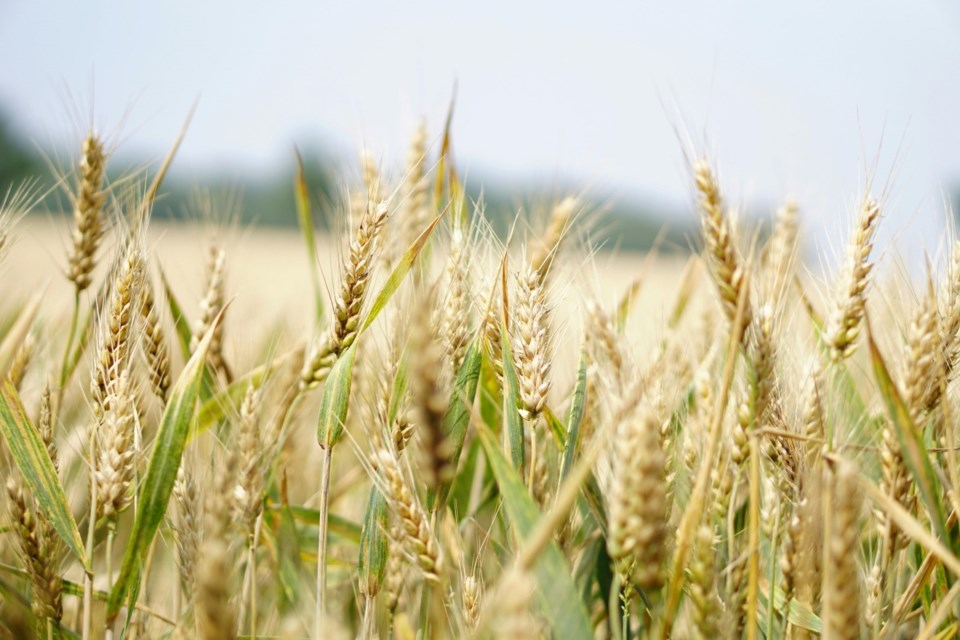YORKTON — Rain caused minor delays over the past week, but producers are reporting their crops are maturing quickly with 25 per cent of this year’s crop combined, which is ahead of the five-year average of 12 per cent.
Some producers are noting that crop maturity is variable within their fields and even within individual plants, leading to challenging discussions for producers as they decide how best to harvest these specific fields.
Producers now have 53 per cent of winter wheat and 86 per cent of fall rye in the bin for the year. Field peas are 57 per cent harvested, and lentils are 61 per cent harvested for the year. Canola has finally been reported as harvested with one per cent of the crop now coming off. As they ripen down, producers are focusing on spring seeded cereals with 11 per cent of spring wheat, 15 per cent of durum and 16 per cent of barley harvested for the year.
The region received a wide range of precipitation over the week, with the Rhein area reporting 40 mm, the Yorkton area 33 mm, the Foam Lake area 21 mm and the Pelly area 16 mm. The rain will hopefully help any later seeded crops that are still filling, but overall it will not have a drastic impact on topsoil moisture as the region remains very dry. The crop land topsoil moisture rating is 56 per cent adequate, 34 per cent short and 10 per cent very short. Hayland is rated as 45 per cent adequate, 37 per cent short and 18 per cent very short. Pastureland is rated as 41 per cent adequate, 35 per cent short and 24 per cent very short.
Crop damage this week is primarily due to continued drought stress along with heavy rain and hail that decimated crops, and heavy winds also pushed down crops and blew away swaths. Producers are busy combining, desiccating and hauling water and feed for livestock. Many producers are hoping for long, slow fall rains once the rest of the crop is off.
For more information about East-Central Saskatchewan, explore the .




